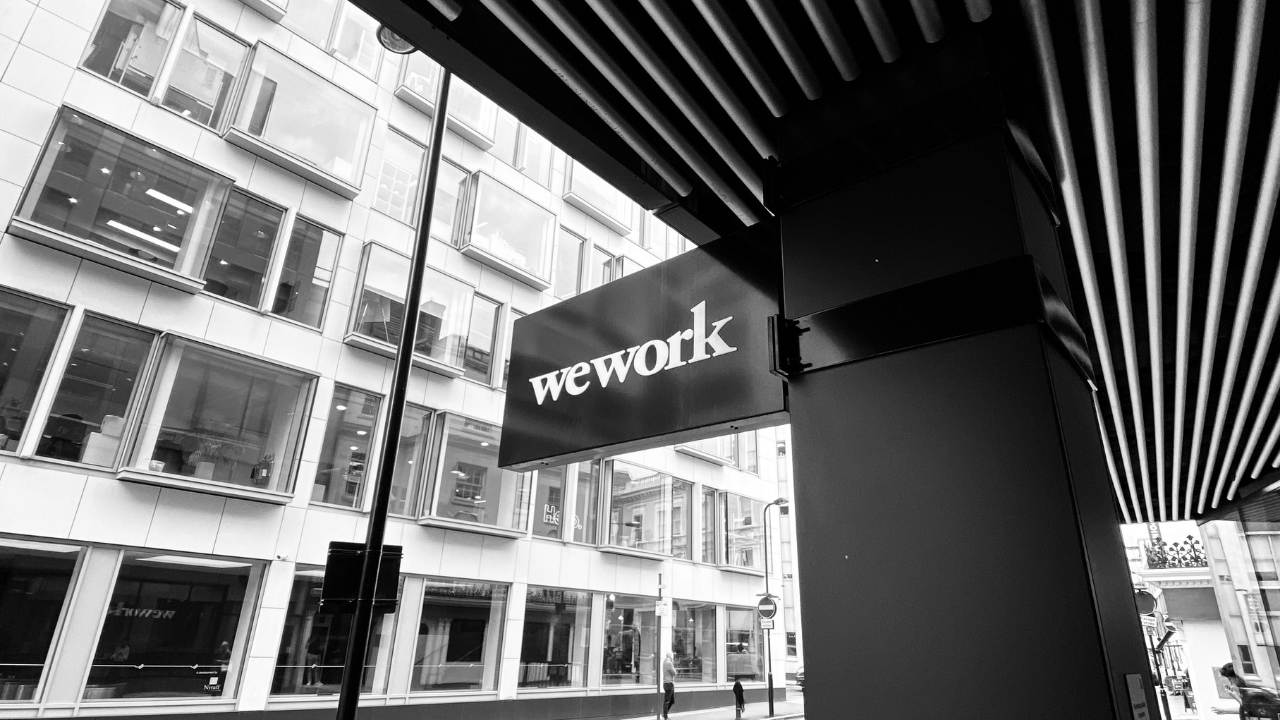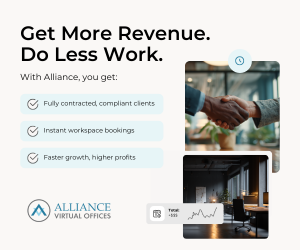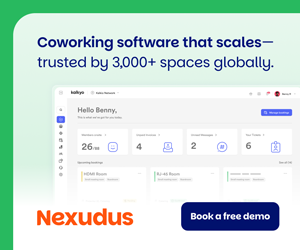Just a few months short of WeWork’s IPO attempt two-year anniversary, the company has found a new method of becoming the public company it has longed to be.
Last week, the coworking firm announced it would be going public by merging with special purpose acquisition company (SPAC) BowX Acquisition.
Much has changed from its initial attempt to go public, notably a plummeted valuation from $47 billion to just $9 billion, as well as a new CEO.
The SPAC process happens when a group of investors form a shell company, then raises money to purchase an unknown private company, in this case WeWork. This means that companies may make inflated projections about future earnings, something not allowed with IPOs.
Additionally, the target of the acquisition does not have to face the same level of scrutiny as companies who take the IPO route.
SPACs also have the issue of being required to find a company to buy within two years of raising the money, or face having to return the money and pay millions in fees.
Because of this short period of trying to find a target, SPAC sponsors may not have the time to fully scrutinize a company’s reliability.
“They have the option to redeem their investments, plus interest, for a modest but predictable return almost no matter what happens with the acquisition,” said Andrew Ross Sorkin, business columnist for the New York Times.


 Dr. Gleb Tsipursky – The Office Whisperer
Dr. Gleb Tsipursky – The Office Whisperer Nirit Cohen – WorkFutures
Nirit Cohen – WorkFutures Angela Howard – Culture Expert
Angela Howard – Culture Expert Drew Jones – Design & Innovation
Drew Jones – Design & Innovation Jonathan Price – CRE & Flex Expert
Jonathan Price – CRE & Flex Expert












